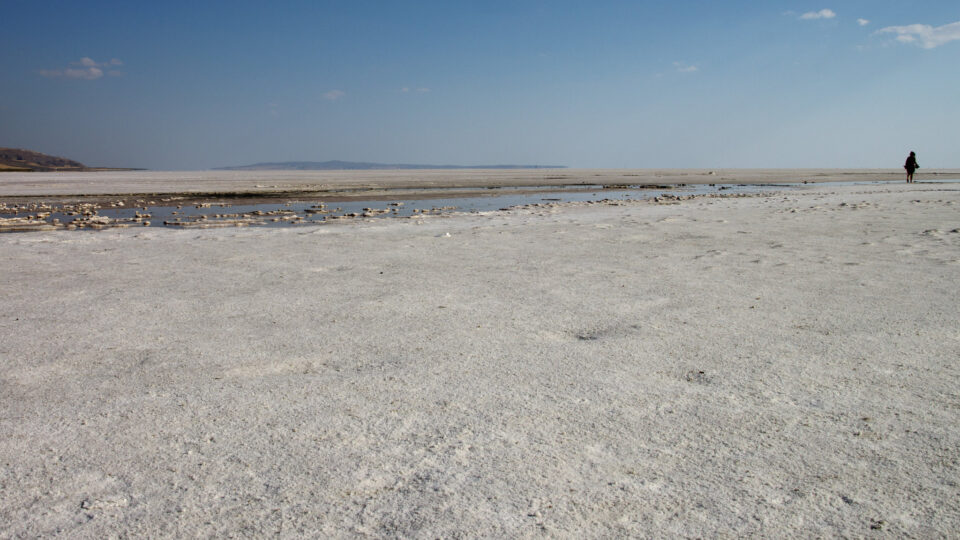Lake Tuz is Turkey’s second-largest lake and one of the world’s largest hypersaline lakes. Its high salt content makes it an ideal breeding ground for some migratory bird species, including flamingos, which are often present there in huge numbers in the spring and summer.
Now, Lake Tuz rarely spans an area much larger than a puddle. In some summers, it completely dries up. It did so this past summer, which resulted in the deaths of thousands of flamingos.
According to experts, Lake Tuz is a victim of climate change-induced drought, which has hit the region hard, and decades of harmful agricultural policies that exhausted the underground water supply.
Water in this region has become increasingly scarce. The Mediterranean Basin has already seen more frequent and intense droughts, and is considered a climate change hotspot.
According to new research, which was recently published in the journal Regional Environmental Change, Lake Tuz generally contained enough water in August for the lake to be considered permanent up until 2000. But between 2001 and 2016, something shifted. Water spanned less than 20% of the lake in every August except for one, and droughts became more frequent and intense. And in some years, the lake completely dried up.
What caused this change? According to the research team, Lake Tuz’s decline coincided with the excessive use of groundwater and surface water resources responsible for feeding the lake. Some streams were rerouted for agricultural purposes, while others were dammed. And when surface water sources dwindled, people turned to groundwater that historically fed the springs in Lake Tuz.
Lake Tuz may be on the brink of extinction.
**********
Web Links
Impact of climate variability on the surface of Lake Tuz (Turkey), 1985–2016
Photo, posted August 16, 2021, courtesy of Godot via Flickr.
Earth Wise is a production of WAMC Northeast Public Radio.
